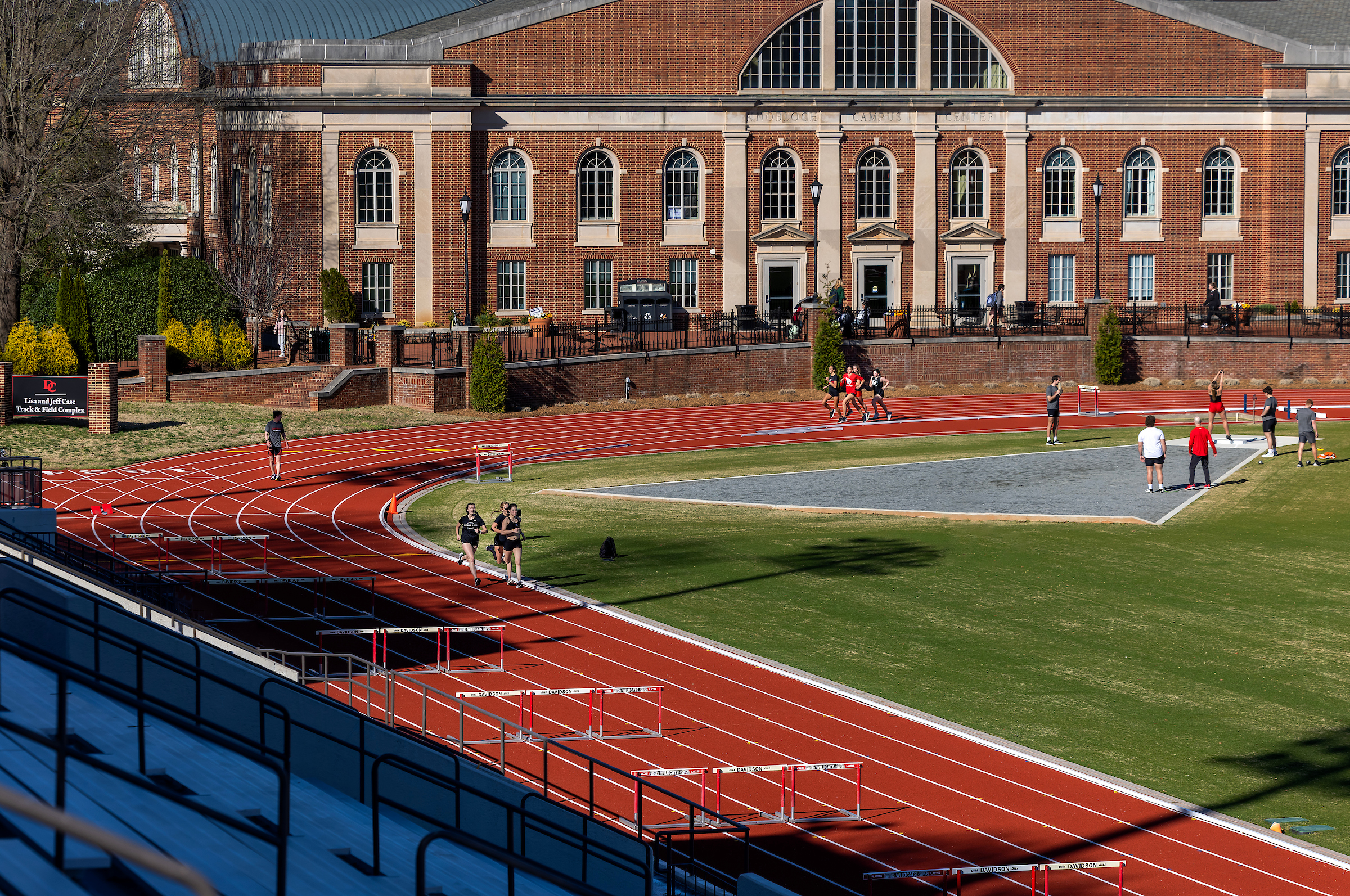From Drive-In to Mega Church to Modern Ministry: Prof Explores ‘Most Important Forgotten Religious Figure of the Last Century’
April 15, 2025
- Author
- Jay Pfeifer

In the late 20th century, mega-pastor and televangelist Robert Schuller was the face of modern Christianity. A native midwesterner, after growing his first church in Chicago, Schuller moved his family to California in the early 1960s and started preaching in a drive-in movie theater near Disneyland.
His optimistic, hopeful message found an eager audience, and Schuller’s Garden Grove Community Church grew explosively. He preached to parishioners who stayed in their cars, and he broadcast his services on television. The Hour of Power, Schuller’s weekly televised church service, eventually reached millions of viewers around the globe. But the Crystal Cathedral, a translucent post-modern house of worship that seated thousands, was Schuller’s crowning achievement. The architectural landmark opened in 1980, proving his fundraising prowess and leadership expertise in growing the modern “megachurch.”
Though Schuller laid the foundation for much of contemporary Christianity, Gerardo Martí, William R. Kenan Jr. Endowed Professor of Sociology, says that the pastor’s reputation has faded since the bankruptcy of his church in 2010.
“He is the most important forgotten religious figure of the last century,” Martí says.
Martí and co-author Mark Mulder, have just published a biography of Schuller that traces the pioneer’s life and measures his indelible impact on Christianity, America and the world. The Church Must Grow or Perish: Robert H. Schuller and the Business of American Christianity was released this month.
What made Robert Schuller so distinct?
Schuller’s template for modern congregational ministry continues to echo through all of our churches today.
Schuller was a mesmerizing preacher and storyteller; he learned to make his sermons inviting and engaging. But he also knew that a church leader today is required to be much more than just a preacher. They are an administrator, fundraiser, strategic planner — the face of the entire enterprise. Pastors have to have a strong sense of the marketing and branding of their ministry, while carefully managing the staffing and financial machinery required to keep everything running.
His church was built on growth; in an accelerating culture, he knew that he needed to keep growing just to keep up with vast social changes all around him. And he managed the finances accordingly, borrowing and building aggressively. Now, managing capital revenue and expenses in relation to loans and endowment balances is inherent to nearly all ministerial careers.
And that modernity is reflected in the houses of worship he built?
Absolutely. The first church he built in Southern California accommodated worshipers in their cars as well as seated worshipers in the pews. By pressing a button, he could open a large glass panel and be able to preach to both congregations simultaneously.
But his greatest achievement was the Crystal Cathedral. He knew that to raise millions of dollars in donations, he had to build an awe-inspiring visionary structure that would attract funding. People needed to be excited. Raising money for a megachurch was more than just replacing the roof. He had to project an inspiring vision on a different scale.
What he and architect Philip Johnson eventually designed was one of the most innovative structures in the history of architecture. It's still considered a landmark, which was really the point. It served as a symbol; as a rallying point. It attracted donors from across the country.
Of course, not coincidentally, it served as a singular backdrop for his internationally televised services. The Crystal Cathedral was an integral part of Schuller’s ministerial brand.
How did he raise the money to build it?
His fundraising operation was innovative and highly sophisticated, even though it seems familiar to most of us today. One example: For the Crystal Cathedral, he asked donors to sponsor each of the new building’s 10,000 window panes for $500 each and have their names inscribed on the glass. That encouraged investment from regular members who wanted to contribute to this legacy and made them feel a part of this extraordinary undertaking.
Another time, while the Cathedral was under construction and pressed to meet yet another deadline for a huge payment, he put on a hard hat and ushers brought in wheelbarrows. And he said, “Our goal is to collect a million dollars today.” Ushers passed construction hats down each aisle and successfully collected well over that amount on that single Sunday.
He was one of the first and most successful televangelists. What distinguished him from the other famous TV preachers who rose to prominence in the 1970s and 1980s?
One of the primary distinctions is that he did not get caught up in any sexual or financial scandals. He was very conscious of his image and building a global platform but he did not succumb to the more toxic trappings of his fame and influence.
For someone who had truly global reach, why is he forgotten today?
Many people grew disappointed with Schuller’s theological approaches, believing him to be both shallow and superficial. The culmination of factors that led to the bankruptcy of his church — now a Catholic Cathedral — led many to conclude that his methods were not only unbiblical, but disastrous.
In actuality, when we understand Schuller’s motivations for ministry and the methods he employed, we find that Schuller’s paradigm is now seen as both obvious and necessary for church leadership today. The ministry template he established became largely normative for American Christianity. It’s as if Schuller was not so much ‘forgotten’ as ‘absorbed’ — he lives on in the day to day ministries of Christian churches all over the place. Church leaders may not know his name, but they certainly know his methods because they use them just about every day.
His impact on the American church is enormous, and our biography tells a fascinating story of where he came from, the decisions he made, and his indelible influence on modern religion.


